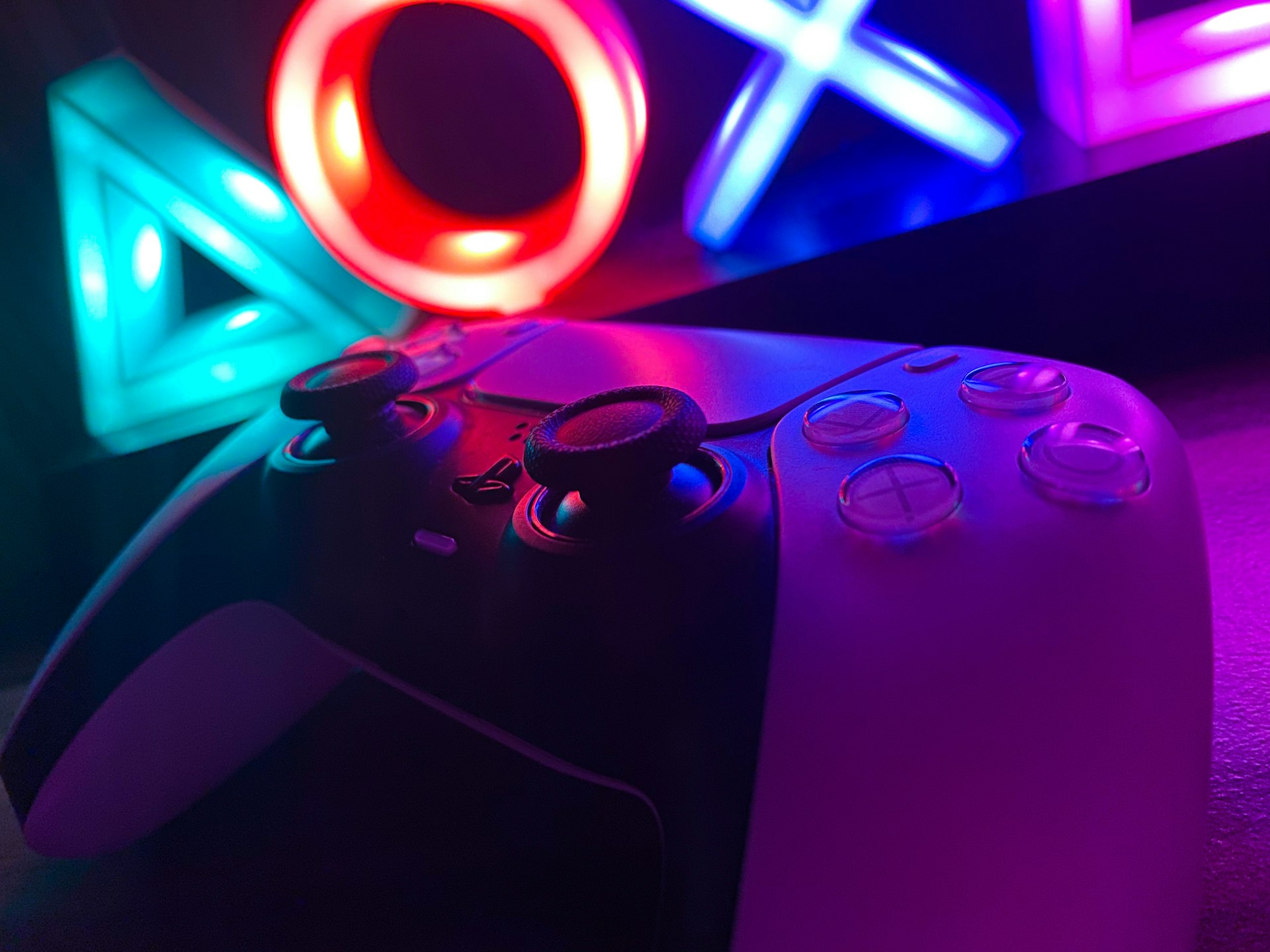Several researchers from the Wyss Institute and Tufts University have been developing the first bio-robots. These are a type of living robots that have been built by harvesting various human cells. This is being investigated with the purpose of being able to contribute to the health field by healing wounds faster or repairing damaged tissues.
The first television media outlet to publish information about this research was the canal CNN after a report on the subject was published in the magazine Advanced Science. This new evidence emerged as a follow-up study to the African frog embryo stem cell xenobot study.
How were bio-robots made?
The researchers used cells from anonymous donors, specifically from the area of their trachea, to create the bio-robots or anthrobots. They chose to harvest live cells from that part of the body because it is very easy to access and because of its natural motor characteristics. The cells of the trachea are made up of cilia, which are capable of propelling all types of particles, forming organoids. The latter are widely used for research purposes.
D. student and researcher Gizem Gumuskaya conducted her own experiments to make the cilia of these cells face outward, making them more mobile. These tests were aimed at creating aids and improvements in the medical field.
In the labotarium observation tests the bio-robots or anthrobots managed to survive sixty days. They obtained a positive result in regenerating damaged human neurons in the cultures performed. A further approach to the use of bio-robots in the repair of human tissues favoring the quality of life of people in the future.
What will happen next with anthrobots?
According to researcher Gizem Gumuskaya and Professor Michael Levin it will still be necessary to understand how they will react to the whole process. However, they are optimistic as to what will happen, obtaining a very positive prognosis, due to the good reactions they have already obtained from the cells. Falk Tauber of the Freiburg Center for Interactive Materials and Bioinspired Technologies in Germany is also very receptive and positive and admiring of the research results, confirming that he sees a very promising horizon.
Professor Michael Levin assured that bio-robots will not pose a danger to society since they will not create biosafety or ethical concerns. The survival of anthrobots or bio-robots outside laboratories is impossible. These decompose naturally after the end of their life cycle, which is quite limited.
Anthrobots have been able to evolve thanks to previous research on xenobots. These are synthetic organisms that have been engineered from living cells derived from the skin and heart cells of Xenopus Laevis (African frogs).
Computer design and synthetic biology techniques were used to develop them. In short, they could be classified as programmable living organisms that exist to fulfill a specific function, ending their life cycle when they complete that task.




